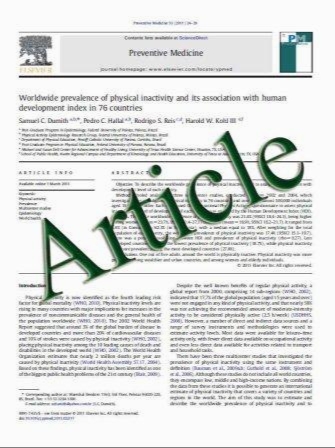Malalignment and cartilage lesions in the patellofemoral joint treated with autologous chondrocyte implantation
- نوع فایل : کتاب
- زبان : انگلیسی
- مؤلف : Haris S. Vasiliadis • Anders Lindahl • Anastasios D. Georgoulis • Lars Peterson
- چاپ و سال / کشور: 2010
Description
Purpose The aim of our current study is to present the 12.6 years’ follow-up results in patients with cartilage lesions of the patellofemoral joint, treated with autologous chondrocyte implantation (ACI) with the use of periosteum. Methods Ninety-two patients having patella or trochlea lesion participated in this study. Lysholm and Tegner questionnaires were completed 12.6 years (SD 2.3 years) after the surgery. The patients were asked whether they feel better, worse or had not experienced any difference compared to previous years and whether they would undergo the operation again. Complications or subsequent surgeries were also assessed. Results Median Tegner score was three, improved by one level compared with preoperative values (P = 0.02). Median Lysholm score was 70, improved by nine points (n.s.). Seventy-two percent of the patients were better or unchanged while 93% would undergo the operation again. Patients with no kissing lesions appeared to have a better prognosis. Patients with malalignment or instability that had undergone a realignment procedure had comparable outcomes to the patients that did not need any additional surgery. Realignment procedures increased the incidence of serious complications but they were associated with decreased incidence of periosteal hypertrophy. No association was found between the age of the patients at the time of the ACI or the size per lesion and any of the clinical outcomes. Conclusion ACI provides a satisfactory outcome for the treatment of cartilage lesions of the patellofemoral joint, even for the cases with concomitant patellar instability. It seems that correcting the coexisting background factors with realignment, stabilizing or unloading procedures, along with the treatment of cartilage lesions, is improving the clinical outcomes over time and decreases the incidence of periosteal hypertrophies although increasing the incidence of serious complications. Our study reveals the good results and the high level of patients’ activities (as shown by Tegner score), were preserved 12.6 years after the implantation, in both isolated trochlea and patella lesions and also in multiple and in kissing lesions where an intervention could be considered as a salvage procedure.
Knee Surg Sports Traumatol Arthrosc (2011) 19:452–457 DOI 10.1007/s00167-010-1267-1 Received: 15 December 2009 / Accepted: 2 September 2010 / Published online: 16 September 2010


